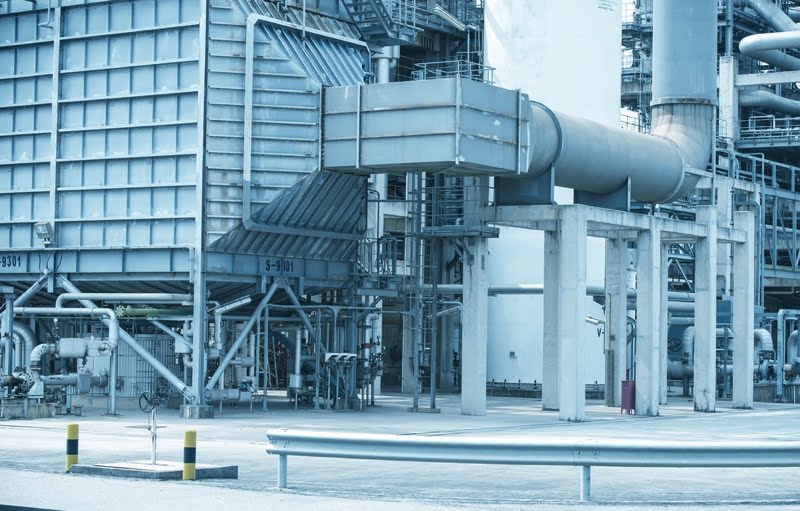Keep Electrical Components Safe from Contaminants with a Proper Enclosure Cooling System

Electrical components in an environment containing chemical vapors and dusts are subject to corrosion, and as a result equipment malfunction or failure is more prone to happen. Even gold and silver plated connectors and contacts are affected as porosity allows contaminants, especially in high relative humidity conditions, to attack the underlying metals.
Protection of electrical enclosures in such environments requires the enclosures to be sealed and fitted with enclosure cooling systems so as to maintain safe working temperatures.
Failure Mechanisms
Generally, there are three types of failure that occur due to contaminants:
- Overheating: Contact surfaces are damaged by corrosion and contact resistance increases, leading to localized heating. Over time, further damage occurs until the contact surface melts causing a small explosion and usually a flashover and short circuit.
- Open circuit: On low voltage control circuits the contamination of the contacts increases contact resistance until current does not flow.
- Corrosion: Electronic components, control wiring, and other devices are attacked by corrosion.
Types Of Contaminants
Contamination and chemical attack is caused by a wide range of chemicals and dusts:
- Chemical gases and vapors: Acidic gases and vapors such as chlorine, hydrogen sulfide, hydrogen fluoride, sulfur compounds, and nitrogen oxides will attack copper, aluminum, and steel. Caustic substances such as ammonia and its compounds also cause corrosion although generally require higher concentrations.
- Dusts: Inert dust settles on contacts and prevents contact closing especially at low voltages. Dusts containing chemicals absorb moisture from the environment and eventually form corrosive mixtures.
Enclosure Sealing
The question arises as to whether the use of high efficiency fan filters with forced ventilation is sufficient to cool electrical and also prevent chemical vapors entering the enclosure. Although this may work and cost less upfront, cognizance needs to be taken because even at very low concentrations chemicals may cause damaging corrosion. For example, chlorine at concentrations of 10 parts per billion (ppb) and ammonia gas at 25 ppm can cause damage over time. A better solution is to seal the enclosures and use sealed enclosure cooling systems.
Closed Loop Heat Exchangers
The simplest solution is the use of a closed loop heat exchanger using innovative heat pipe technology to move heat from inside the enclosure to the outside. This is a good choice where ambient temperatures are below the desired enclosure air temperature. The biggest advantage of a heat exchanger is the simplicity of the system. It is the most efficient choice for cooling as the only energy used is for two circulating fans.
Closed Loop Air Conditioner
For greater heat loads and higher ambient temperatures, closed loop enclosure air conditioning provides versatile enclosure cooling systems capable of removing over 6 kW (20,000 BTU) of heat from the cabinet are an ideal solution. With most enclosure air conditioner systems, an evaporator coil and circulating fan are in a fully welded and sealed compartment connected to the electrical enclosure, while the compressor and condenser are in a separate compartment with ambient air ventilation.
Protecting External Components
Corrosion protection of the exposed components of enclosure cooling systems is essential for safe long-term operation. Key features of this protection include:
- NEMA Type 4X stainless steel housing: The entire housing is made from a fully welded stainless steel construction with NEMA Type 4X protection that is drip, splash, and dust proof.
- Refrigeration circuit: The condenser coil, evaporator coil and copper refrigerant tubing can be provided with corrosion protection packages that protect them from varying degrees of chemical attack.
- Condensate removal: The air conditioner is fitted with a condensate evaporation system that uses hot refrigerant tubing to eliminate condensation.
The use of sealed enclosure cooling systems permits the protection of electrical equipment in areas with contaminants by ensuring that enclosures are kept cool and sealed. If you’d like to learn more about the proper cooling system for your enclosure’s application, contact the experts at Thermal Edge today.


